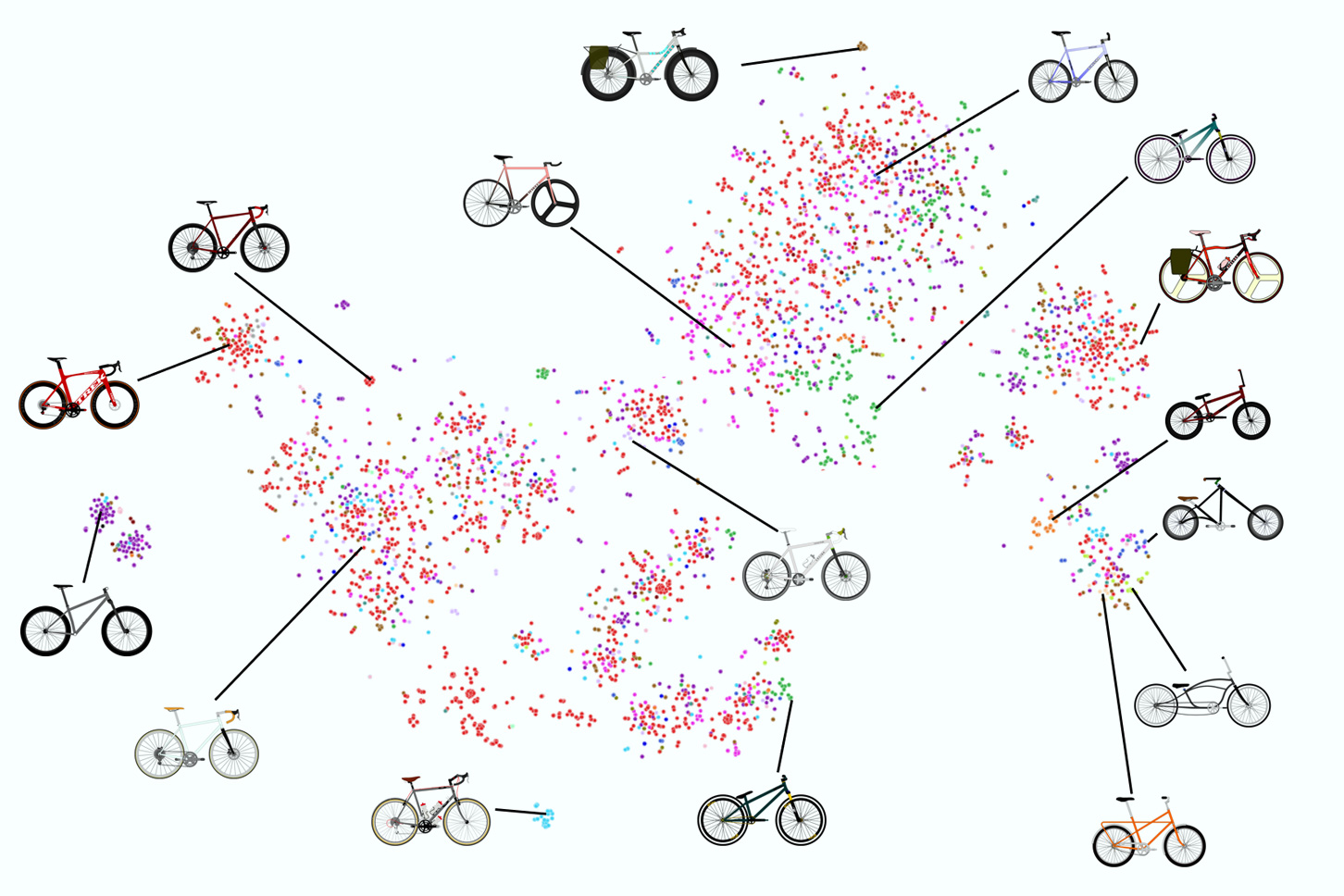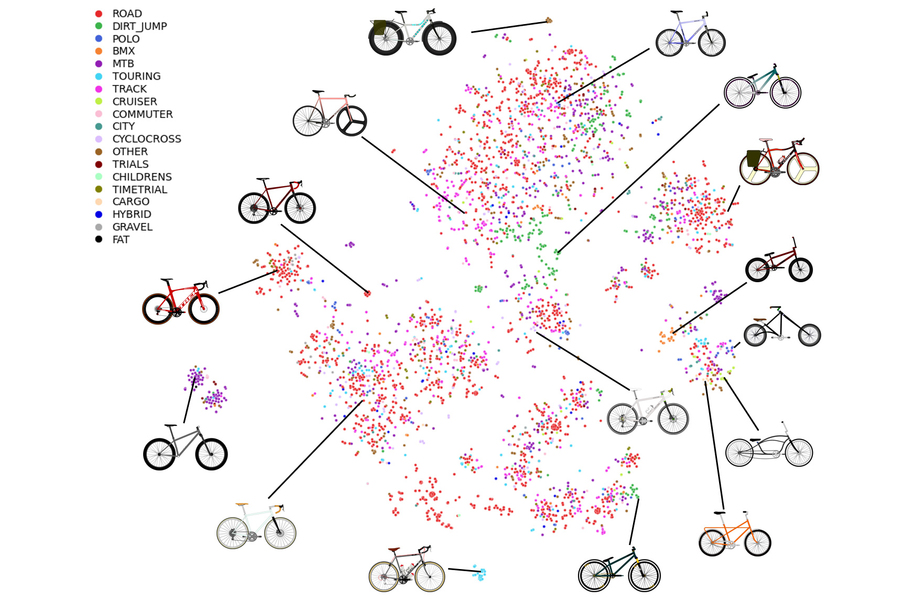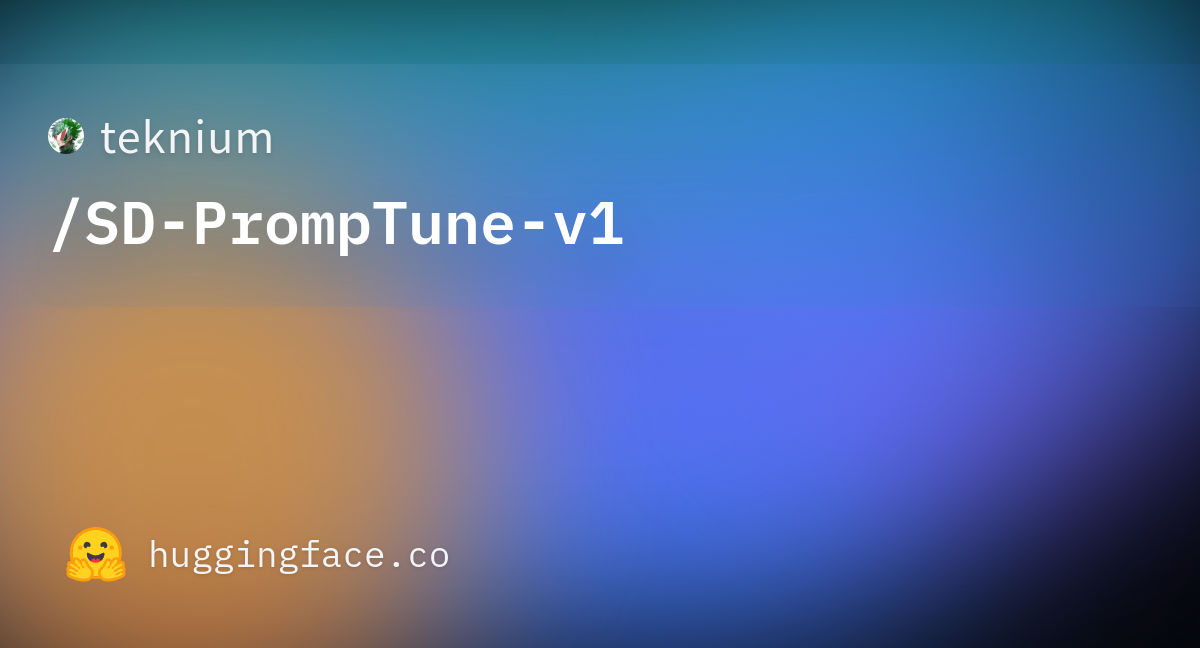
LLama 2 13B vs Mistral 7B LLM models compared
Learn about the differences between Llama 2 13B vs Mistral 7B in this quick comparison guide offering more insight into the results you can
LLama 2 13B vs Mistral 7B LLM models compared
10:01 am October 12, 2023 By Julian Horsey
If you are interested in learning more about how large language models compare you may be interested in this comparison between LLama 2 13B vs Mistral 7B revealing the differences between the different AI models. Both models are powerful and adaptable, but they each have their unique strengths and features. This article will provide a comprehensive comparison of these two models, focusing on their performance, architecture, and intended use cases.
Mistral 7B, a 7.3 billion parameter model, has been making a name for itself due to its impressive performance on various benchmarks. It outperforms Llama 2 13B on all benchmarks and even surpasses Llama 1 34B on many. It also approaches the performance of CodeLlama 7B on code, while maintaining proficiency in English tasks. This model uses Grouped-query attention (GQA) for faster inference and Sliding Window Attention (SWA) to handle longer sequences at a smaller cost.
One of the key advantages of Mistral 7B is its adaptability. It can be deployed on any cloud, including AWS, GCP, and Azure, using the vLLM inference server and skypilot. It can also be used locally with the reference implementation provided by the developers. Furthermore, Mistral 7B is easy to fine-tune on any task. As a demonstration, the developers have provided a model fine-tuned for chat, which outperforms Llama 2 13B chat.
Llama 2 13B vs Mistral 7B
Watch this video on YouTube.Other articles you may find of interest on the subject of Llama 2
- Llama 1 vs Llama 2 AI architecture compared and tested
- How to build a Llama 2 LangChain conversational agent
- Llama 2 unrestricted version tested running locally
- Build your own private personal AI using Llama 2
- Llama 2 Retrieval Augmented Generation (RAG) tutorial
Mistral 7B’s performance on a wide range of benchmarks is impressive. It significantly outperforms Llama 2 13B on all metrics and is on par with Llama 34B. It also excels in code and reasoning benchmarks. The model uses a sliding window attention (SWA) mechanism, which allows each layer to attend to the previous 4,096 hidden states. This results in a linear compute cost and a 2x speed improvement for sequence length of 16k with a window of 4k.
On the other hand, Llama 2 13B is part of a collection of pretrained and fine-tuned generative text models ranging in scale from 7 billion to 70 billion parameters. Developed by Meta, the Llama 2 family of large language models (LLMs) are optimized for dialogue use cases. The fine-tuned LLMs, known as Llama-2-Chat, outperform open-source chat models on most benchmarks tested and are on par with popular closed-source models like ChatGPT and PaLM in terms of helpfulness and safety.
Llama 2 comes in a range of parameter sizes — 7B, 13B, and 70B — as well as pretrained and fine-tuned variations. It is an auto-regressive language model that uses an optimized transformer architecture. The tuned versions use supervised fine-tuning (SFT) and reinforcement learning with human feedback (RLHF) to align to human preferences for helpfulness and safety. The larger models, such as the 70B, use Grouped-Query Attention (GQA) for improved inference scalability.
Llama 2 is intended for commercial and research use in English. The tuned models are designed for assistant-like chat, whereas the pretrained models can be adapted for a variety of natural language generation tasks.
Both Mistral 7B and Llama 2 13B are powerful models with their unique strengths. Mistral 7B shines in its adaptability and performance on various benchmarks, while Llama 2 13B excels in dialogue use cases and aligns well with human preferences for helpfulness and safety. The choice between the two would largely depend on the specific requirements of the task at hand.
Further articles you may find of interest on the Mistral 7B AI model :
- How to use Mistral-7B with LocalGPT for local document analysis
- Does fine-tuning Mistral-7B affect performance?
- New Mistral 7B foundation instruct model from Mistral AI
Filed Under: Guides, Top News
















